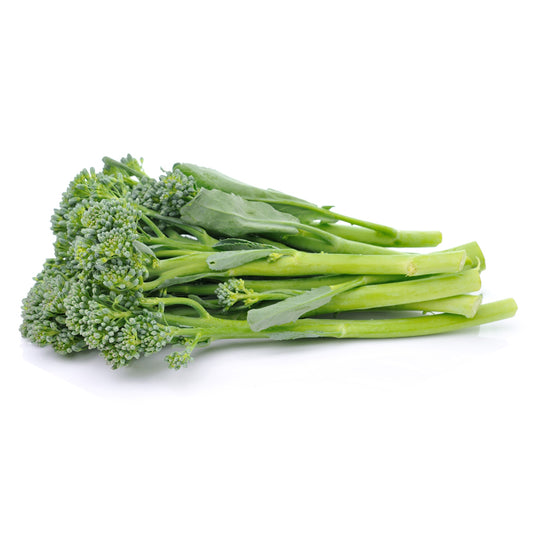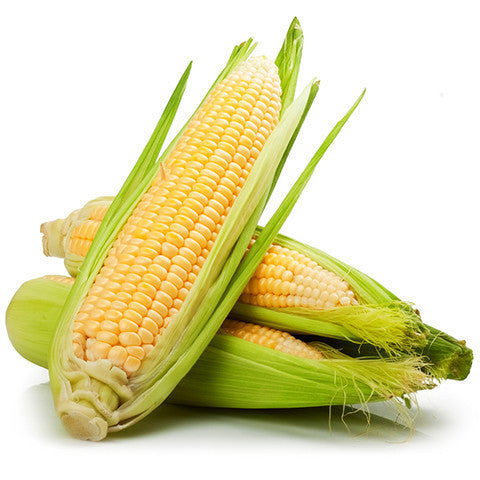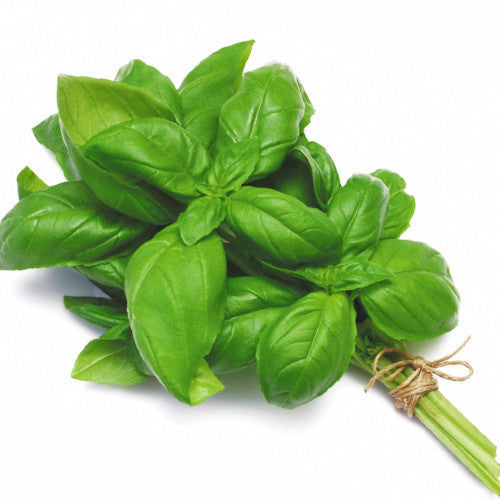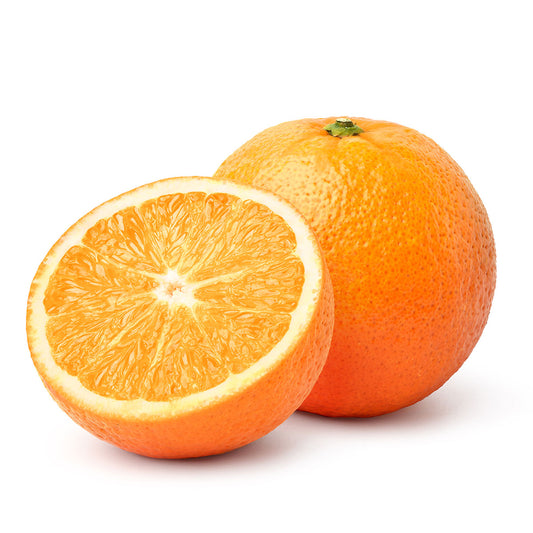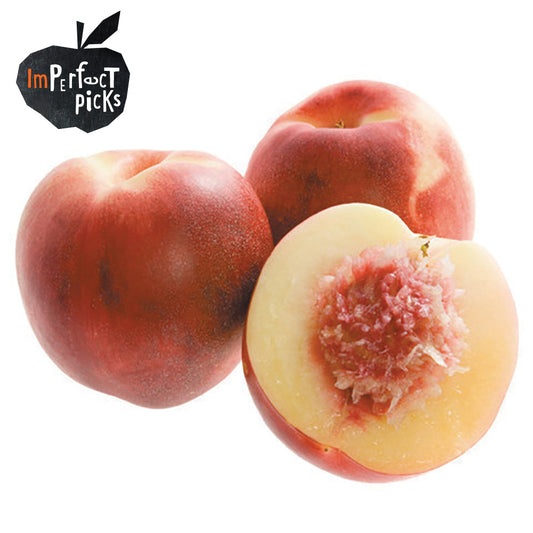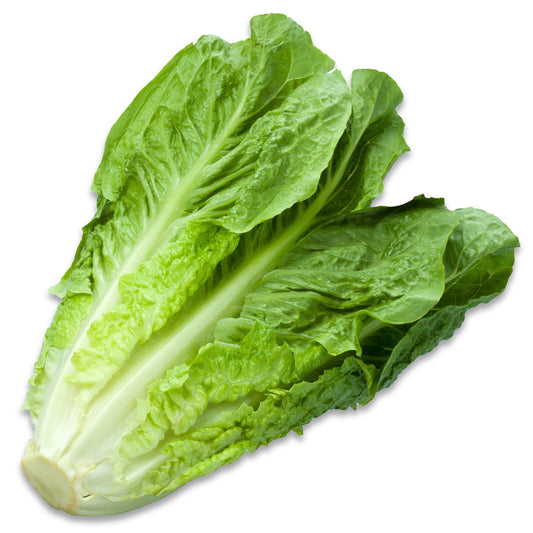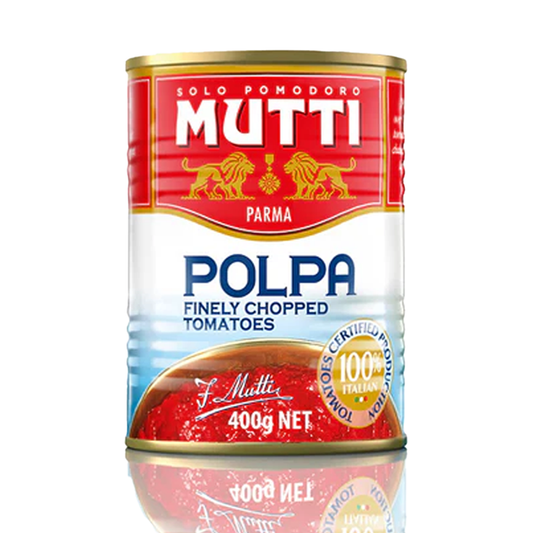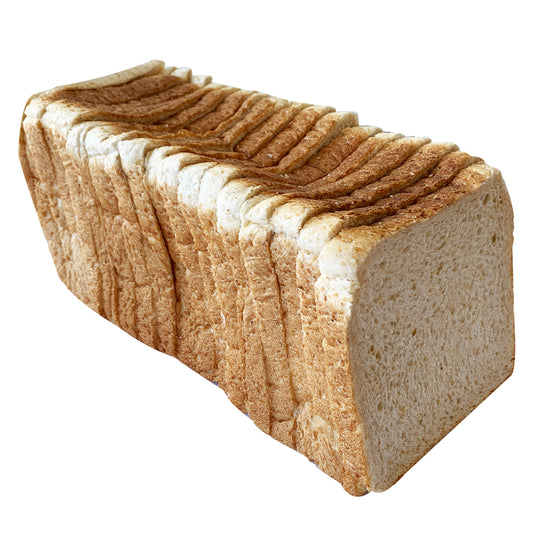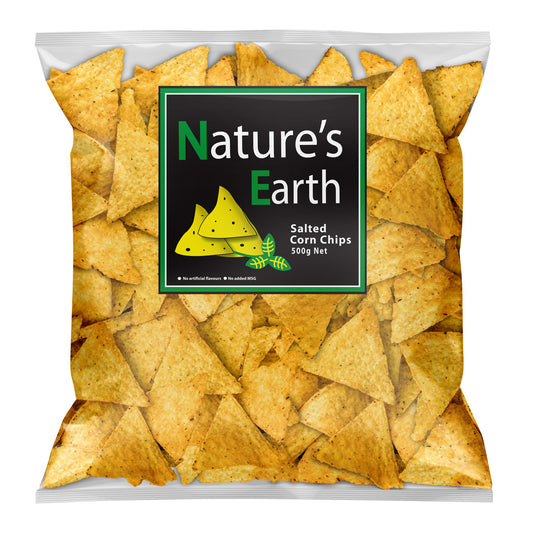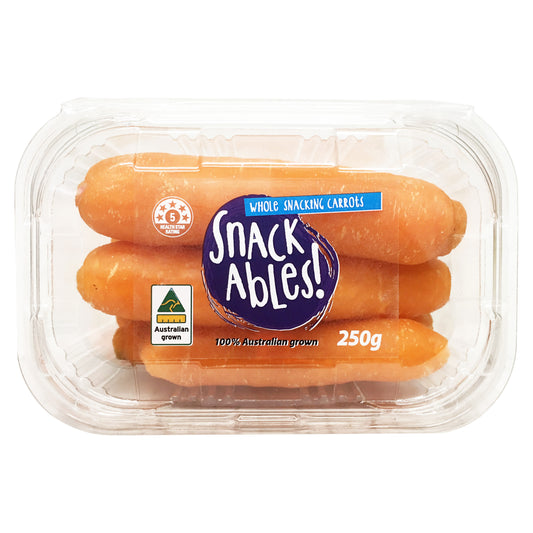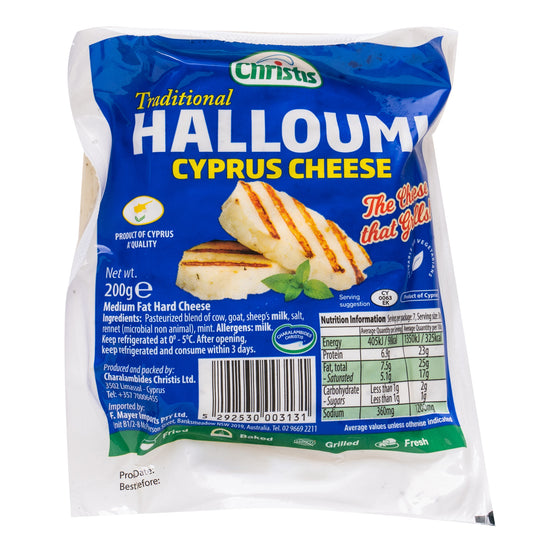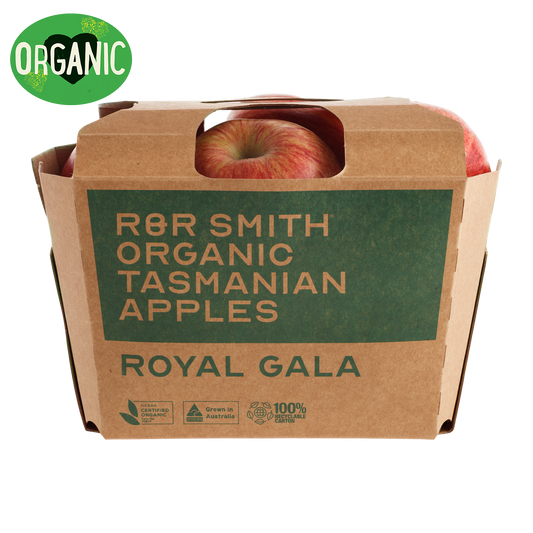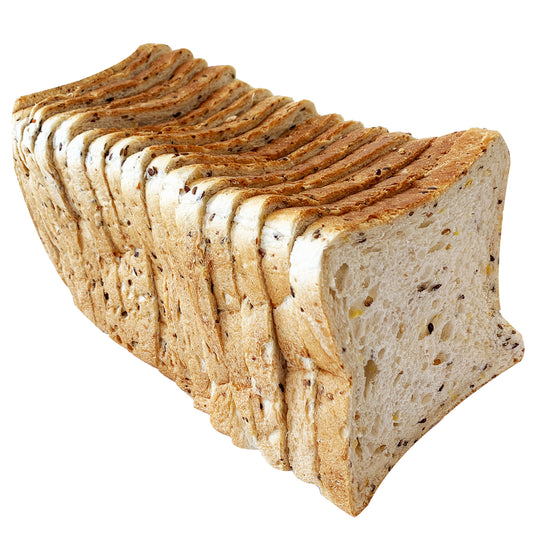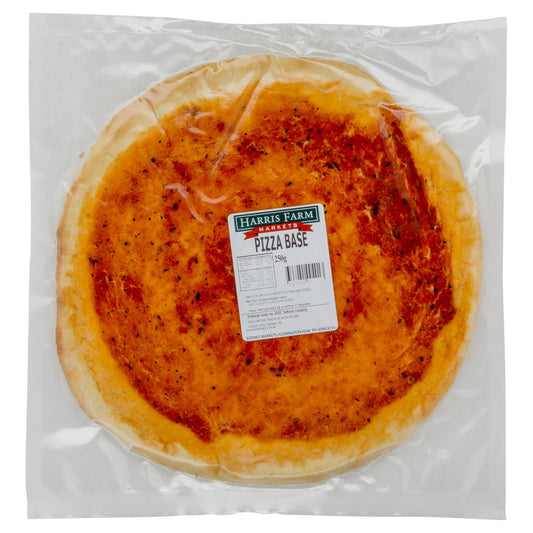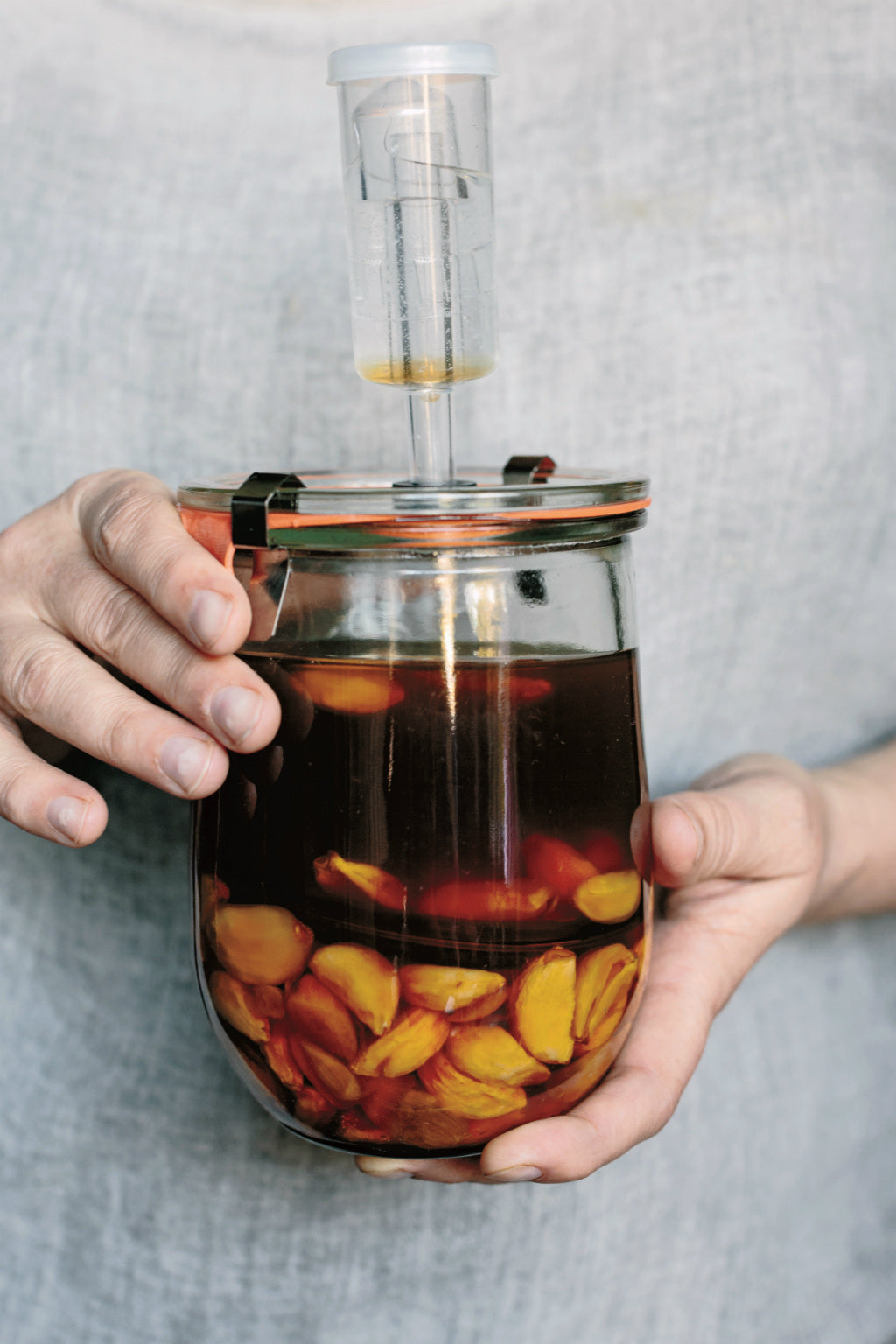
People all over the world, all the way back, have developed many different ways of reliably preserving their harvest for later. We’ve done this by drying, pickling, salt curing, locking out air with specific vats, crocks and oils, or by wrapping and burying meat, fish or vegetables in the ground. We’ve frozen, heated, brined and fermented.
Some of these methods rely on killing the life that would otherwise rot and decay the food. Probably the most common way of achieving sterility is by heating the food in its jar – known as pickling or canning, or simply preserving. This is an effective way of enabling produce to sit at room temperature, shelf-stable, for many years.
Fermented food, on the other hand, relies on its environment and the life on and in raw foods to preserve it. The bonus is that new textures, aromas and deeper flavours develop. And if that’s not enough, fermented foods are full of living bacteria, yeasts and enzymes that enhance the food nutritionally and make other foods more digestible.
In fermentation, any pathogenic bacteria die a natural death due to the changes in the environment they are in. This leaves the remaining population – those who thrive in that specific environment, with those ingredients – to go ahead and preserve the food, usually by consuming the available natural sugars and converting them into a range of acetic or lactic acids, alcohol and carbon dioxides, etc. For instance, the sour flavours found in kefir, yoghurt, kraut and kimchi are the work of lactic acid bacteria, and with vinegar and kombucha, it’s acetic acid bacteria.
There are foods you probably know are fermented – kombucha, sauerkraut, yoghurt, wine and beer – but chocolate, mead, coffee, cheese, cultured butter, sourdough breads, soy sauce, gherkins, cured meats and fish are fermented as well. The other lesser-known ferments include kimchi, dhosa, idli, injera, milk kefir, water kefir, and varieties of ferments made with the Japanese fungi koji and natt-o. The list is endless because how you adapt and harness this process is up to your imagination. Once you’ve prepared the food and waited for it to ferment, it’s generally ready to eat with hardly any other preparation. Grab and go – nature’s slowest fast food!Click on the below recipes to get started!

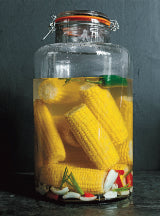
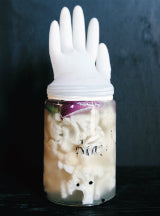
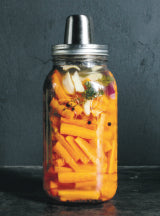

----------
This is an edited extract from Ferment For Good by Sharon Flynn, published by Hardie Grant Books, RRP $39.99. Now available to purchase in-store at Harris Farm Markets.
Photography: ©Tara Pearce


